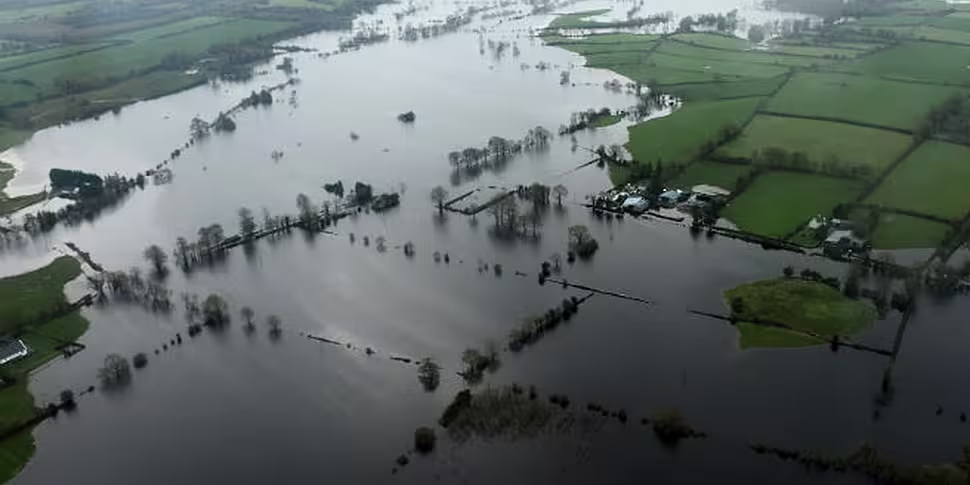People left homeless by recent storms are to become Ireland's first climate change refugees, according to a leading climatology professor.
Professor John Sweeney from Maynooth University claims wide-scale flooding here has been influenced by our failure to tackle climate issues - on top of exceptional extreme weather events - and will become more prevalent in the future.
A recent international study says storm Desmond was 40% more likely to occur because it developed in an atmosphere loaded with greenhouse gases.
Speaking on Talking Point this morning, Professor Sweeney said the problem is only getting worse, suggesting this is "an exceptional event that has been driven by a contribution from climate change".
You can listen to the full Talking Point panel discussion below:
The Irish Red Cross says it has paid out around €450,000 to flood-hit businesses that were unable to obtain insurance.
Representatives from the insurance sector are due to meet with the Government next week to discuss assisting homeowners who did not have cover.
A hardship programme will also be implemented for farmers who have been the worst affected.
The Red Cross says it has paid out money to 166 businesses that were not covered by insurance, the Irish Examiner reports.
Meanwhile, business owners in the worst affected areas are worried that media coverage of the flooding will mean a drop in sales.
Timmy Donovan from Seán's Bar in Athlone town centre says the publicity the area has received brings a danger of driving away customers.
Speaking to Down to Business, he argued that "because of the media attention Athlone has been getting lately, it's kind of being portrayed as being six-foot under water. But this is not the case... Athlone is open for business":
The ESB says it is reducing the flow of water through the Parteen Weir today.
Water levels in Lough Derg have dropped slightly over the last 24 hours - so the flow rate will be dropped to 440 cubic metres per second.
It has been up at 470 cubic metres per second since New Year's Day.
However, the slower flow rate will not remove the risk of flooding from areas downstream of the weir.









